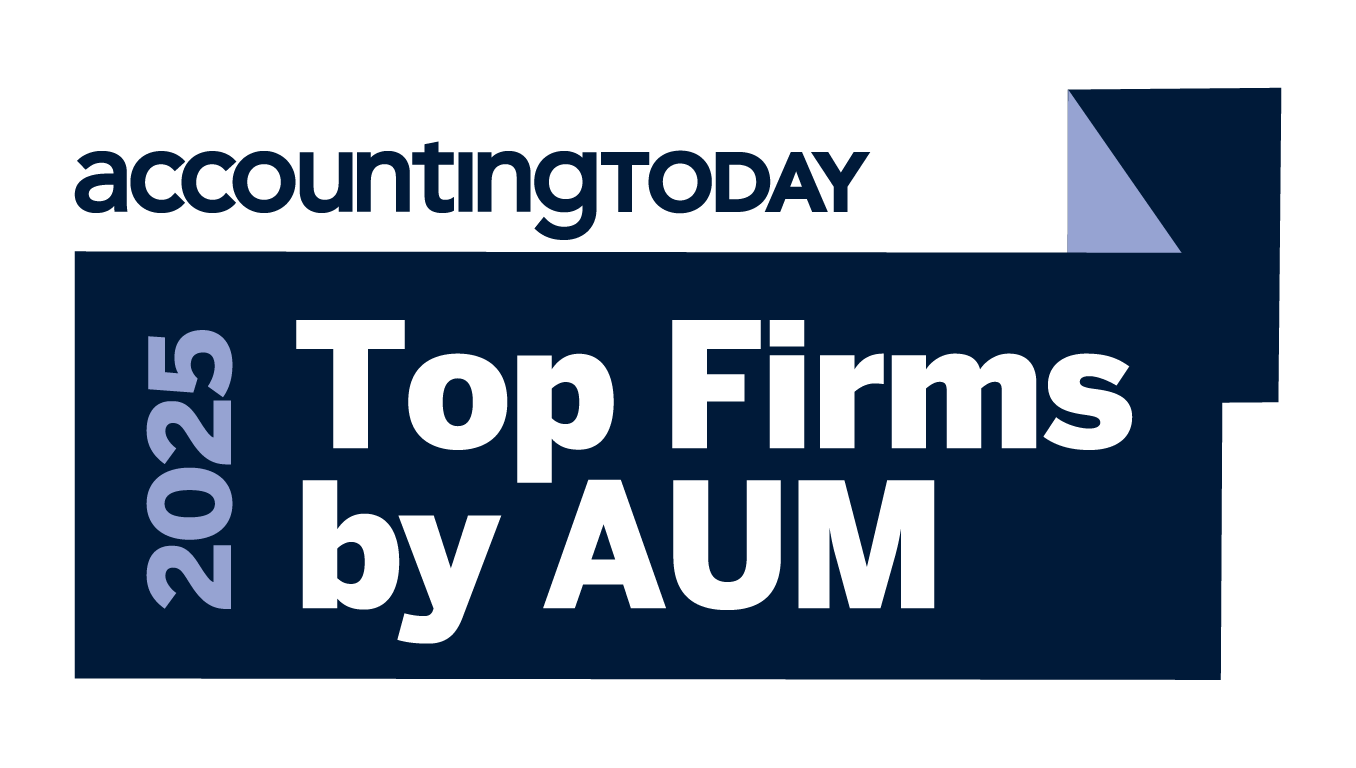Proposed FDICIA Rule Could Eliminate HUD AuditRequirements for Mid-Size Lenders
8/14/2025 - By Josh Strickland, CPA
Key Insight
A proposed Federal Deposit Insurance Corporation (FDIC) rule change could quietly eliminate a costly audit and reporting requirement for mid-size lenders active in originating and servicing Federal Housing Administration (FHA) insured mortgage loans. If your bank holds $500M–$1B in assets and is an approved FHA lender, this rule would reduce the regulatory reporting burden and also offer some cost savings. The comment period is open until September 26, 2025 – submit your comment here.
The FDIC's proposed rule to increase the FDICIA 363 thresholds has generated significant attention across the banking industry. The FDIC's July 2025 proposal would raise the general applicability asset thresholds from $500 million to $1 billion, and the assessment of the effectiveness of internal control over financial reporting (ICFR) asset threshold from $1 billion to $5 billion: the first such raises since these requirements were enacted over three decades ago.
Most commentary has focused on the relief these changes would provide from the assessment of the effectiveness of ICFR and audit requirements for banks between $1 billion and $5 billion in total assets. There is also an important implication for banks between $500 million and $1 billion that are FHA-approved lenders: an implication that could deliver substantial additional benefits to many.
Current FDICIA Requirements and Proposed Changes
Under the current framework, Part 363 requires any FDIC insured depository institution with total consolidated assets of $500 million or more at the beginning of its fiscal year to submit to the FDIC and other appropriate federal and state supervisory agencies financial statements which have been audited by an independent public accountant along with management's report that includes statements of management’s responsibilities and an assessment of compliance with designated safety and soundness laws.
For banks with $1 billion or more in assets, additional requirements include management's assessment of internal control over financial reporting and an independent auditor's attestation on that assessment.
The proposed changes would significantly reduce the regulatory burden for many banks. These changes would remove nearly 800 banks from the scope of Part 363, while still covering banks with approximately 95% of industry assets. The comment period for this proposed rule runs through September 26, 2025, providing stakeholders with an opportunity to influence the final outcome.
The Overlooked HUD Connection
What has received little attention in industry discussions is how these threshold changes directly impact the U.S. Department of Housing and Urban Development (HUD) lender audit requirements for banks that originate FHA-insured mortgage loans. HUD classifies supervised lenders as either large supervised lenders or small supervised lenders. The threshold to determine which one of these classifications a bank falls into is referenced to the threshold listed in 12 CFR 363.1(a), creating a direct regulatory link between FDICIA established thresholds and HUD audit requirements.
The Bottom Line: any changes to the FDICIA thresholds will also create changes related to the HUD audit requirements, delivering a positive impact for many HUD lenders.
Understanding the HUD Audit Burden
For institutions classified as large supervised lenders, audit requirements extend far beyond standard financial statement audits. Additional requirements include:
- Financial Statements audited in accordance with Government Auditing Standards: In addition to financial statements audited under generally accepted auditing standards, institutions must prepare and submit financial statements audited in accordance with Government Auditing Standards which include additional supplementary information and additional reports related to internal controls and compliance.
- Enhanced Testing and Documentation: The governmental audit framework requires additional evaluations, testing, and documentation of internal controls.
- Compliance Testing: Detailed testing of compliance with specific HUD program requirements, including loan origination procedures and servicing standards.
- Attestation Services: Auditors must perform additional attestation procedures, including verification that institutions have correctly entered data into government reporting systems.
These additional requirements typically add additional time and cost to an institution's annual audit, representing a substantial ongoing compliance expense for smaller institutions engaged in HUD lending programs.
The Financial and Operational Impact
As a condition of FHA lender annual approval and recertification, HUD requires large supervised lenders to submit financial statements (including additional supplementary information) audited in accordance with Government Auditing Standards and include additional reports as discussed in the prior section. However, small supervised lenders are not required to submit audited financial statements, but are only required to submit unaudited financial regulatory reports (Call Report as of December 31).
If the proposed FDICIA threshold changes are implemented, banks between $500 million and $1 billion in assets would automatically transition from "large supervised lender" to "small supervised lender" status under HUD's classification system. This transition would eliminate the requirement for the enhanced governmental audit procedures and reports and allow these banks to satisfy HUD's annual reporting requirements through their standard regulatory reports (Call Reports).
The operational benefits extend beyond cost savings. Banks would no longer need to coordinate the HUD compliance audit, prepare additional schedules to accompany the financial statements, or navigate the additional requirements that governmental auditing standards impose. This streamlining could significantly reduce the administrative burden of compliance teams, employees responsible for financial reporting, and external audit coordinators.
Taking Action During the Comment Period
The proposed rule presents a time-sensitive opportunity for affected banks to influence the regulatory outcome. Comments must be received on or before September 26, 2025. Institutions should submit comments through the Federal Register.
Comments supporting the proposed changes should emphasize not only the FDICIA benefits but also the downstream effects on HUD audit requirements. This comprehensive approach demonstrates the interconnected nature of regulatory requirements and the broader relief that threshold adjustments can provide.
Banks between $500 million and $1 billion in assets that currently originate FHA-insured loans should particularly emphasize how the dual relief (FDICIA and HUD audit requirements) would reduce compliance costs while maintaining appropriate oversight for larger banks, which ultimately pose the most significant risks to federal insurance funds.
Positioning for Regulatory Change with Saltmarsh
The proposed FDICIA threshold changes represent more than ICFR testing relief for banks between $1 billion to $5 billion in total assets: they offer a pathway to substantial reductions in HUD lending audit requirements for banks between $500 million and $1 billion in assets. This connection could deliver meaningful cost savings and operational simplification for many banks engaged in originating and servicing FHA-insured loans.
As the comment period progresses, banks should carefully evaluate both the immediate FDICIA benefits and the broader regulatory relief that these threshold changes would provide. The dual impact underscores the importance of comprehensive regulatory analysis and the value of identifying interconnections that others might overlook.
At Saltmarsh, our Financial Institutions Practice has extensive experience helping banks and other lenders navigate complex regulatory requirements, including both FDICIA compliance and HUD audit obligations. We understand how regulatory changes ripple through interconnected compliance frameworks and can help your institution assess the potential impacts of these proposed threshold adjustments on your specific audit and compliance requirements.
Contact us today to discuss how these changes might affect your institution and to explore strategies for optimizing your regulatory compliance approach in this evolving environment.
Related Posts
- What the FDICIA's Part 363 Threshold Updates Mean for Banks
- Job Schedules 101: A Smarter Way to Strengthen Construction Finances
- Why Knowing Your “Why” Can Make or Break CPA Exam Success
- Land Your First Accounting Job
- Inside Saltmarsh’s Level Up
- Proposed FDICIA Rule Could Eliminate HUD Audit
- How Tariffs Are Reshaping U.S. Manufacturing
- DOL Audit Requirements: A Critical Reminder for Retirement Plan Sponsors
- Strategies to Reduce Manufacturing Inventory Variances
- Jay Newsome Joins Financial Institution Consulting Group & Expands Firm's Alabama Market Presence
- Emily Lalas Presenting in Impact 100's Nonprofit Workshop
- Cristine Torrefranca, CPA, Elected Treasurer of Bay Area Manufacturers Association (BAMA)
- Your Action Plan for the CPA Exam
- Webinar Materials: Rethinking Financial Reporting - Nonprofit Strategy
- And That's A Wrap: Manufacturing Month 2021
- Webinar Materials: New Lease Standards for Non-Public Entities
- Reingruber Alert: The 2021 Single Audit Compliance Supplement is here!
- Reingruber Alert: PRF Single Audit Timelines Extended!
- Five Metrics Your Construction Company Should Start Tracking Today
- Provider Relief Funds - Reporting and Audit Requirements
- IRS Extends Certain Tax Filing and Payment Deadlines to May 17
- New IRS Guidance Regarding Tax Due Date Change 2021
- WEBINAR MATERIALS: Understanding Single Audit Requirements for the Healthcare Industry
- Impact of COVID on Accounting Operations Part 1: Immediate Actions to Take
- Impact of COVID-19 on Accounting Operations Part 2: Positioning Towards the Future
- View All Articles






